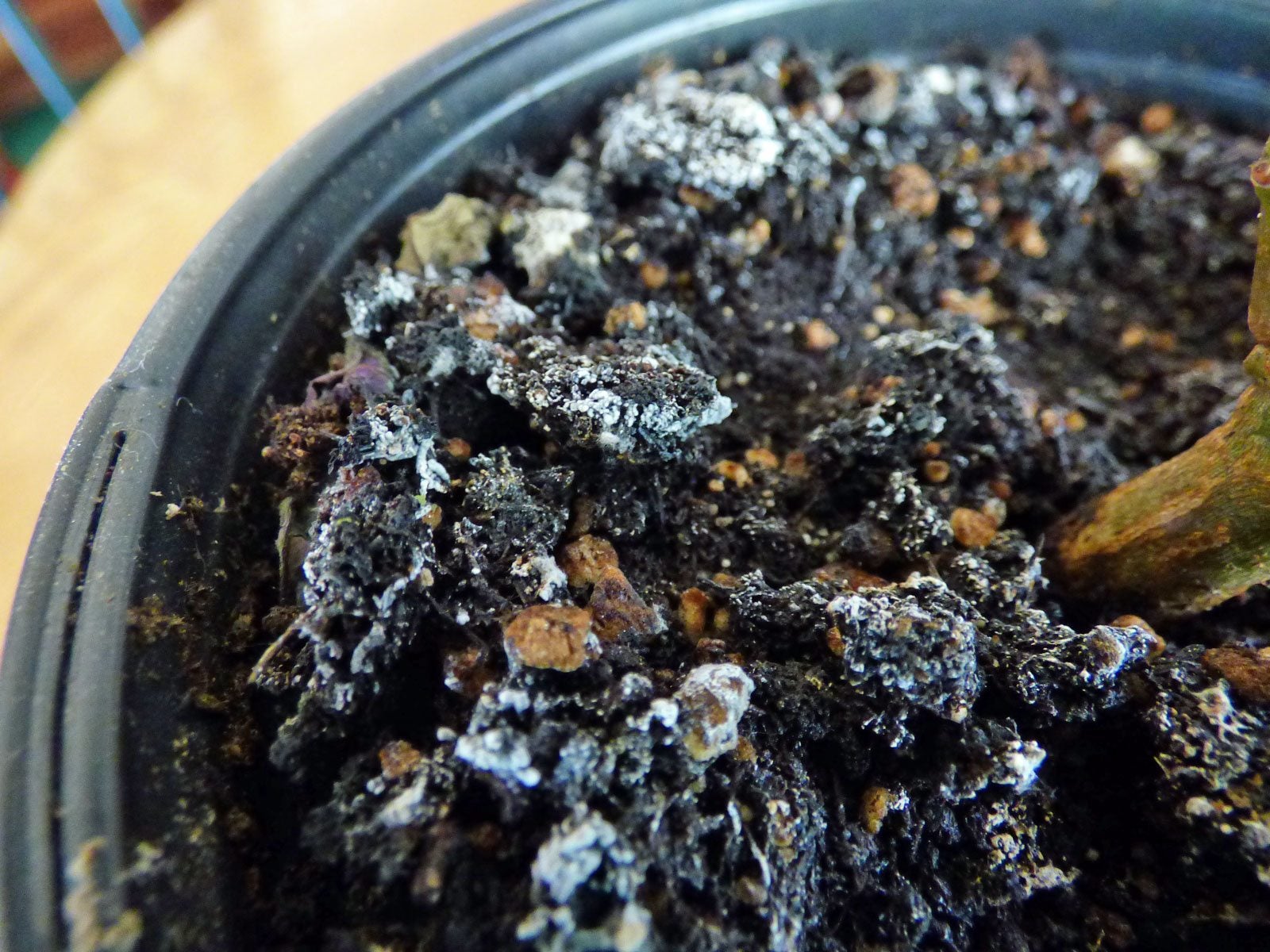Fungus Control When Seed Starting: Tips On Controlling Fungus In Seed Trays


Hours of careful planning are followed by still more hours of planting and tending seed trays, all to fill your garden with beautiful plants, but fungus in seed trays can stop the project before it barely gets started. Depending on the type of fungal disease, seedlings may take on a twisted or water-soaked appearance, sometimes with fuzzy mold or dark colored threads on the surface of the soil. Read on to learn about fungus in seed trays and tips for fungus control when seed starting.
How to Control Fungal Growth
To help prevent fungal problems, use the following tips for fungus control when seed starting:
- Start with fresh, uncontaminated seed-starting mix. Unopened bags are sterile, but once opened, the mix comes in contact with pathogens easily. You can sterilize seed-starting mix by baking it in a 200 degree F. (93 C.) oven for 30 minutes. Warning: it will stink.
- Wash all containers and garden tools in a mixture of one part bleach to ten parts water.
- Plant your seeds in warm potting mix. Read the seed packet carefully and be careful not to plant the seeds too deep. To discourage fungus and speed drying, you can cover the seeds with a very thin layer of sand or chicken grit instead of soil.
- If you are a seed saver, keep in mind that saved seeds are more likely to develop fungus than commercial seeds.
- Water carefully, as overwatering leads to fungal diseases. Many gardeners prefer to water from the bottom, which keeps the surface of the soil drier. If you water from the top, be sure not to water seedlings directly. Either way, water only enough to keep the potting mix slightly damp.
- Some gardeners prefer not to cover seed trays, while others use plastic wrap or a dome cover. It’s a good idea to remove the cover as soon as the seeds germinate, but if you want to leave the cover until the seedlings are larger, poke holes in the plastic or remove the dome periodically to allow air circulation. Note: never allow the plastic to touch the seedlings.
- Peat pots are convenient, but they are more prone to fungus growth. Seedlings in plastic trays tend to be more resistant.
- Don’t plant too thickly. Overcrowded seedlings inhibit air circulation.
- If the air is humid, run some fans on low speed for a few hours each day. As an added benefit, the circulating air creates sturdier stems.
- Provide at least 12 hours of bright light per day.
Fungus Treatment During Germination
Commercial fungal treatments, such as Captan, are readily available and easy to use. However, you can also make an anti-fungal solution consisting of 1 tablespoon (15 ml.) peroxide in 1 quart (1 L.) of water. Many organic gardeners have good luck by watering seedlings with chamomile tea or by sprinkling cinnamon over the surface of the soil immediately after planting.
Gardening tips, videos, info and more delivered right to your inbox!
Sign up for the Gardening Know How newsletter today and receive a free copy of our e-book "How to Grow Delicious Tomatoes".

A Credentialed Garden Writer, Mary H. Dyer was with Gardening Know How in the very beginning, publishing articles as early as 2007.